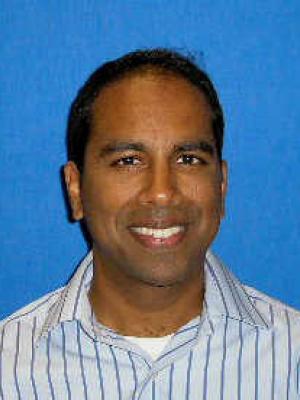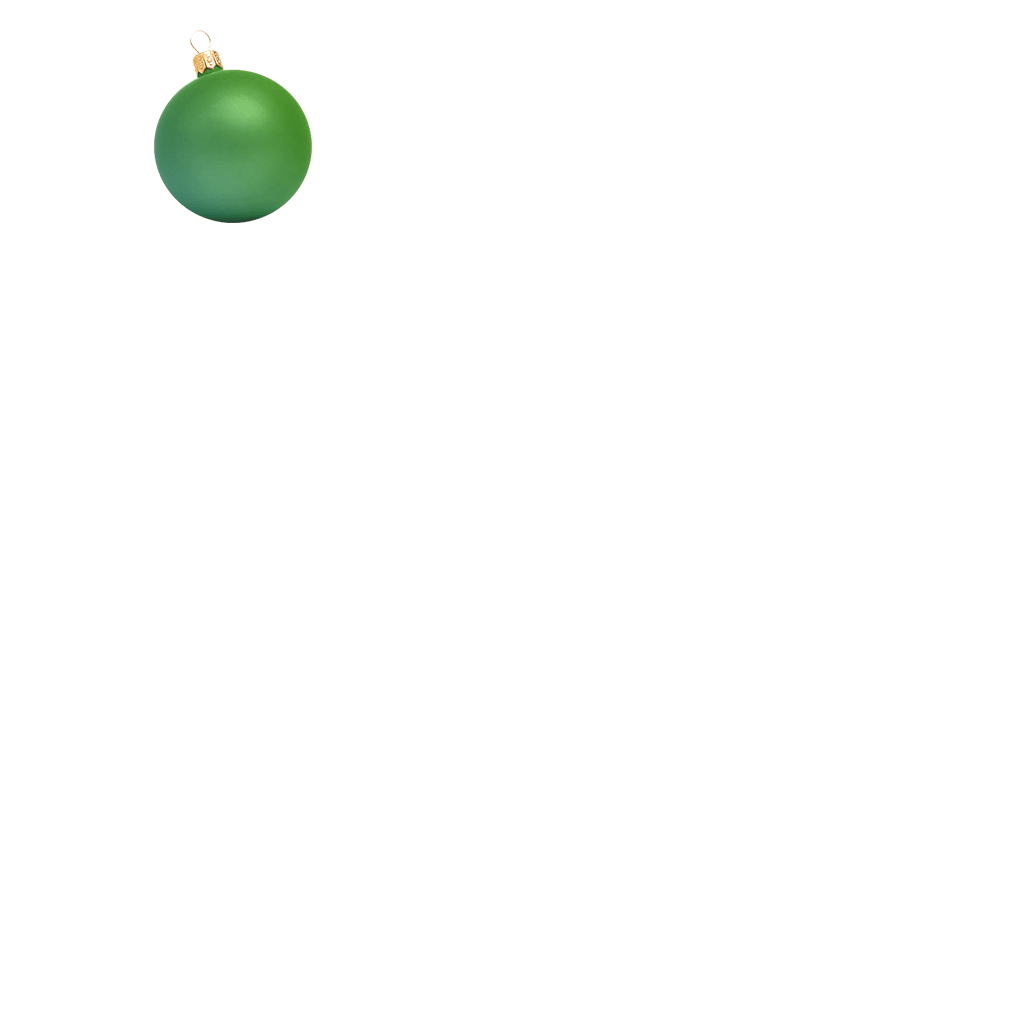Publications
Scholarly Journals--Published
- McCormack Laura, Jung-Wei Chen, Trapp Larry, & Job Allen. (2014). A Comparison of Sedation-related Events for Two Multiagent Oral Sedation Regimens in Pediatric Dental Patients. Pediatr Dent, 36(4), 302-308. Purpose: This study compared the incidence of adverse sedation-related events occurring with two different multiagent oral sedation regimens in pediatric dental patients. Methods: Forty healthy patients (three to six years old), received either a sedation regimen of chloral hydrate, meperidine, and hydroxyzine with nitrous oxide (CH/M/H/N2O; N=19) or a regimen of midazolam, meperidine, and hydroxyzine with nitrous oxide (MZ/M/H/N2O; N=21). The two treating dentists answered a questionnaire regarding the perioperative period. Parents received two phone interviews at eight and 24 hours after sedation. Statistical analysis included chi-square, Pearson correlation coeffcient, and t-test (P<.05). Results: Children sedated with MZ/M/H/N2O showed a significant increase in hyperactivity during dental treatment, slurring/difficulty speaking, and difficulty walking postoperatively within eight hours after discharge. Children sedated with CH/M/H/N2O showed a significant increase in frequency of sleeping, talking less than normal after arriving home, and an increased need for postoperative pain medication. Conclusions: Different oral sedation regimens produce different adverse sedation-related events. The provider of pediatric oral sedation should select a sedative regimen with an adverse sedation-related profile that he/she believes is optimal for the patient being treated. Parents should be counseled as to possible postsedation effects anticipated based on the sedative regimen administered. [ABSTRACT FROM AUTHOR] Copyright of Pediatric Dentistry is the property of American Society of Dentistry for Children and its content may not be copied or emailed to multiple sites or posted to a listserv without the copyright holder's express written permission. However, users may print, download, or email articles for individual use. This abstract may be abridged. No warranty is given about the accuracy of the copy. Users should refer to the original published version of the material for the full abstract. (Copyright applies to all Abstracts.) (2014) (link)











